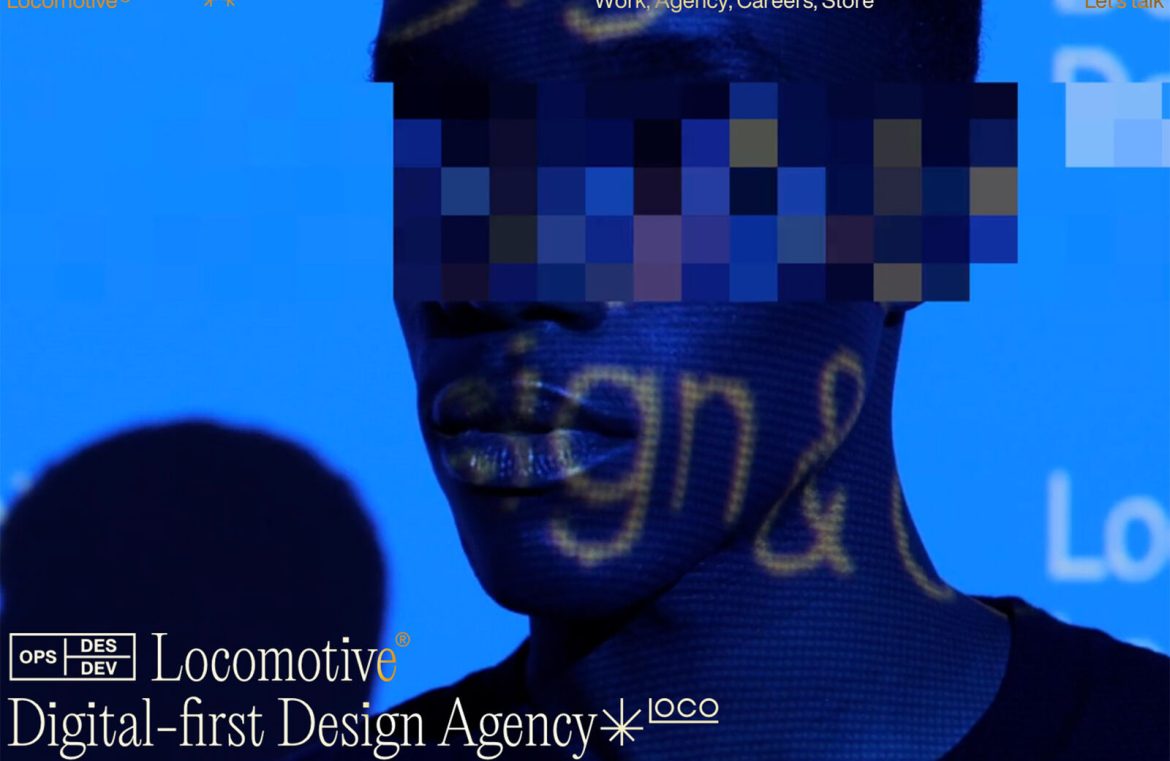In the dynamic world of web design, current trends often draw their inspiration from broader technological currents, whether it’s a yearning for genuine connection (handwriting effects) or the influences of social media (sticker motifs) to the integration of AI-based designs. These design trends aren’t just visual strategies; they reflect the overarching technological landscape.
Let’s dive into this month’s hot design topics.
1. Personal Touch with Handwritten Highlights
The devil is in the details when it comes to memorable design. It’s often the nuance of a personal touch that makes a viewer feel like a part of the design was crafted uniquely for them, providing clarity about the message.
The detail of preference right now? Handwritten-like features, such as circled phrases, underlined text, or script fonts. The common thread across these elements is their delightfully flawed appearance, suggesting they were spontaneously added as an afterthought to guide the viewer through the design or message.
Let’s take a look at how different websites employ this strategy to great effect.
Over at Envisioning Justice, they’ve wrapped the company name within the content with two pencil-drawn circles. This design choice could have easily been a logo instead, yet the hand-drawn circles give it a sense of urgency and importance. The page also guides you with a sketched arrow, continuing the theme below the fold. The hand-drawn elements reappear, emphasizing the message.

At the website of Joris, you find an engaging yellow circle highlighting the word “brands” that expands upon mouseover. This touch of interactivity not only captivates but focuses your attention squarely on it.

Lastly, Zoey merges varied hand-drawn elements for a cohesive and striking design. The word “empathy” is underscored with a vibrant yellow marker stroke, while their logo playfully includes a drawn “o” and an uneven tail on the “y.” The overall impact is tastefully artistic and compels you to keep engaging with the visuals.

2. Fun With Stickers
An offspring of social media culture, sticker-like graphics are now peppering web interfaces with their seemingly impromptu presence.
This trend harks back to the stickers found on physical items such as laptops and water bottles but creates a tactile sensation in a digital environment, bridging a gap between the physical and virtual worlds.
They also introduce a playful dimension to web design, allowing for a mix-and-match approach with colors, typefaces, and textual elements that might not conventionally coalesce.
Letter Set Lab prominently displays a massive sticker-style visual at the core of the homepage, establishing the website’s identity.

Next, Readymag showcases known brands through sticker imagery to lure visitors towards their product. The stickers create a sense of cohesion among the various hues and typefaces that would otherwise feel chaotic.

Then there’s Frank Reichard, which animates stickers in its portfolio for added visual interest. While the stickers hop into place before becoming stationary, a missed opportunity lies in their lack of interactivity—after all, who wouldn’t want to learn more about that adorable dog in particular?

3. The Allure of AI Aesthetics
The buzz across tech and marketing circles is dominated by artificial intelligence, raising questions about the future of our jobs.
Projects inspired by AI are marketed as avant-garde, although it’s curious how these AI representations often bear a striking resemblance to one another. This design trend seems to coalesce around several characteristics:
- The use of minimal design, with lots of open space
- Limited use of typefaces, often opting for a futuristic look
- Tendency to employ dark colors in AI imagery to maintain an air of mystery
- Symbiotic relationship between the brand or business and AI components
- Preference for smaller-scale websites with fewer pages
This trend faces challenges, particularly how AI models tend to look alike, with an overrepresentation of female forms. In these designs, there seems to be a paradoxical effort to humanize computer models, yet not to the extent that they become unmistakably lifelike. This dance between digital and humanity in design is a complex theme that may take time to fully unravel as AI becomes more prevalent in our designs.
Here’s a brief look at three examples.
AVA-X presents a subtle AI figure that may be the least human-like, spinning and shifting in response to your scrolling akin to a shop mannequin.

At Mugler, you encounter an AI design that resembles glass or liquid, making a connection to their NFT business. The figure is subtle, present yet enigmatic, creating a bridge between the human and the mechanical.

Finally, Locomotive features real human subjects yet digitally altered to emit a sci-fi movie essence. The digital AI reality interplay here is fascinating, reflecting the company’s mission to be perceived as innovative thinkers.

Final Thoughts
How often do we consider the influences behind the web designs we see? Typically, design trends are a visual commentary on the environment and era of the designer. This connection throughout history has always been pivotal in art and design.
While these connections drive design trends, the ever-present risk is that they may also date them prematurely if the trend or idea fades swiftly from relevance.

